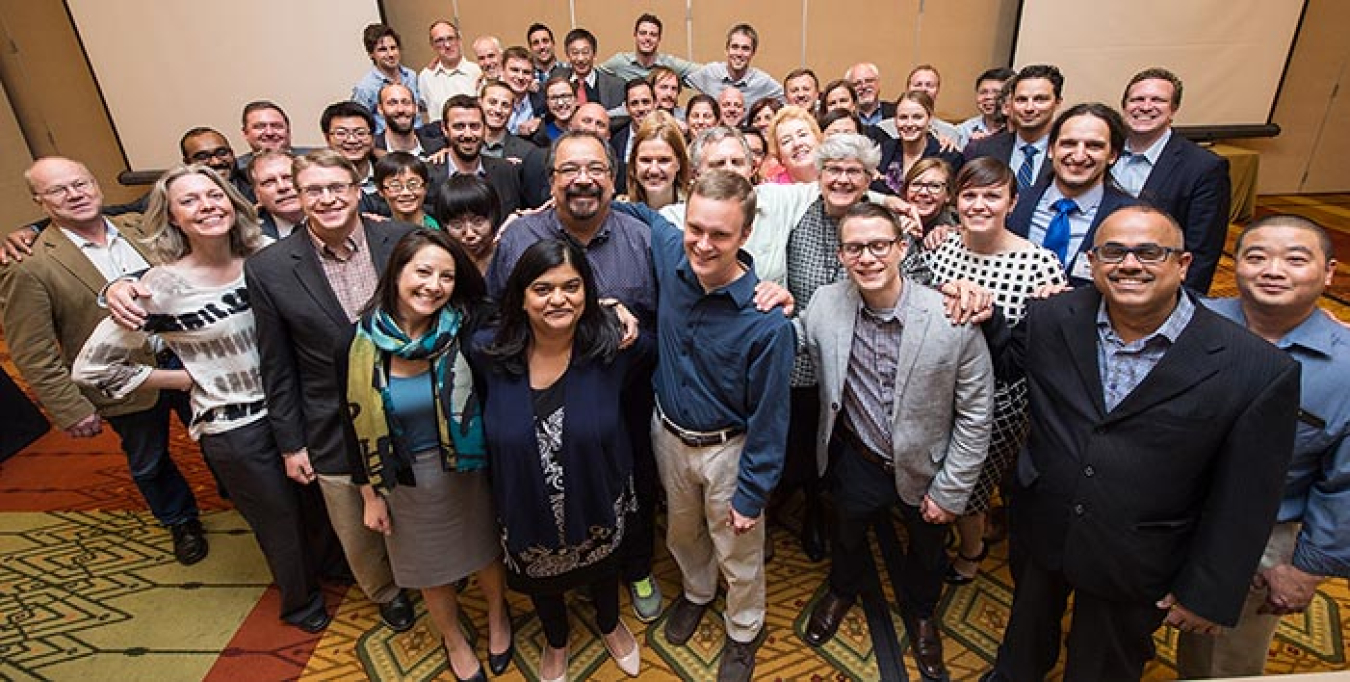
Members of Energy I-Corps Cohort 8
The opening session for Energy I-Corps Cohort 8 was held Oct. 1–5, 2018, in Golden, Colorado. The closing session was held Nov. 13–15, 2018, in Washington, D.C.
Cohort 8 was composed of 10 teams from Argonne National Laboratory (ANL), Idaho National Laboratory (INL), Lawrence Berkeley National Laboratory (LBNL), National Renewable Energy Laboratory (NREL), Pacific Northwest National Laboratory (PNNL), and SLAC National Accelerator Laboratory (SLAC NAL).
Teams and Technologies
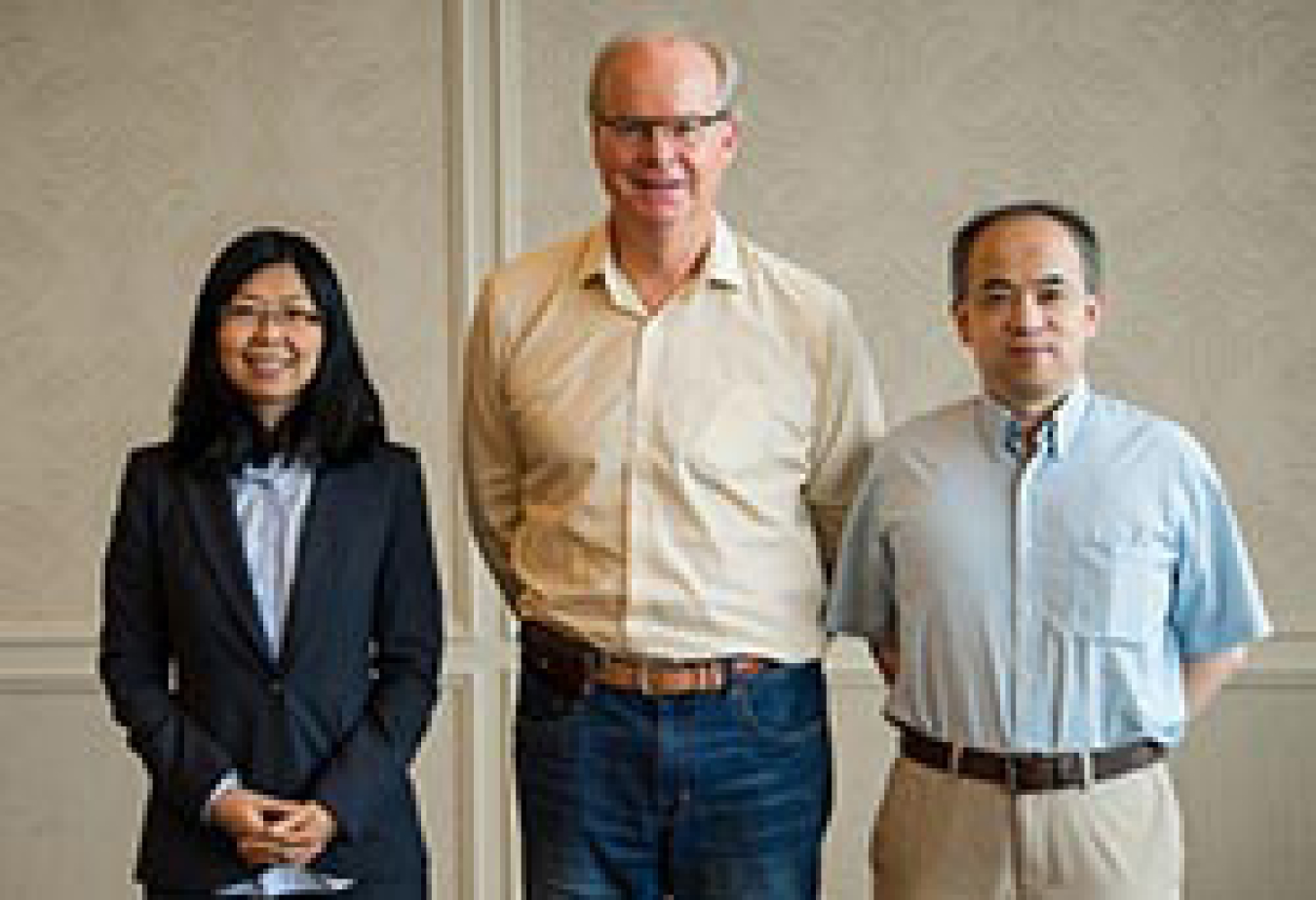
Team Members
- Principal Investigator: Kaizhong Gao
- Entrepreneurial Lead: Yuepeng Zhang
- Industry Mentor: Dave Aune
Technology Description
The HyMag team provides a revolutionary technology that significantly increases the usable magnetic flux density of a permanent magnet by 10% to 30%, leading to a dramatic improvement in energy efficiency of electric motors and wind turbine generators. HyMag magnets are less expensive and more environmental friendly with 60% to 90% lower heavy-rare-earth materials consumption.
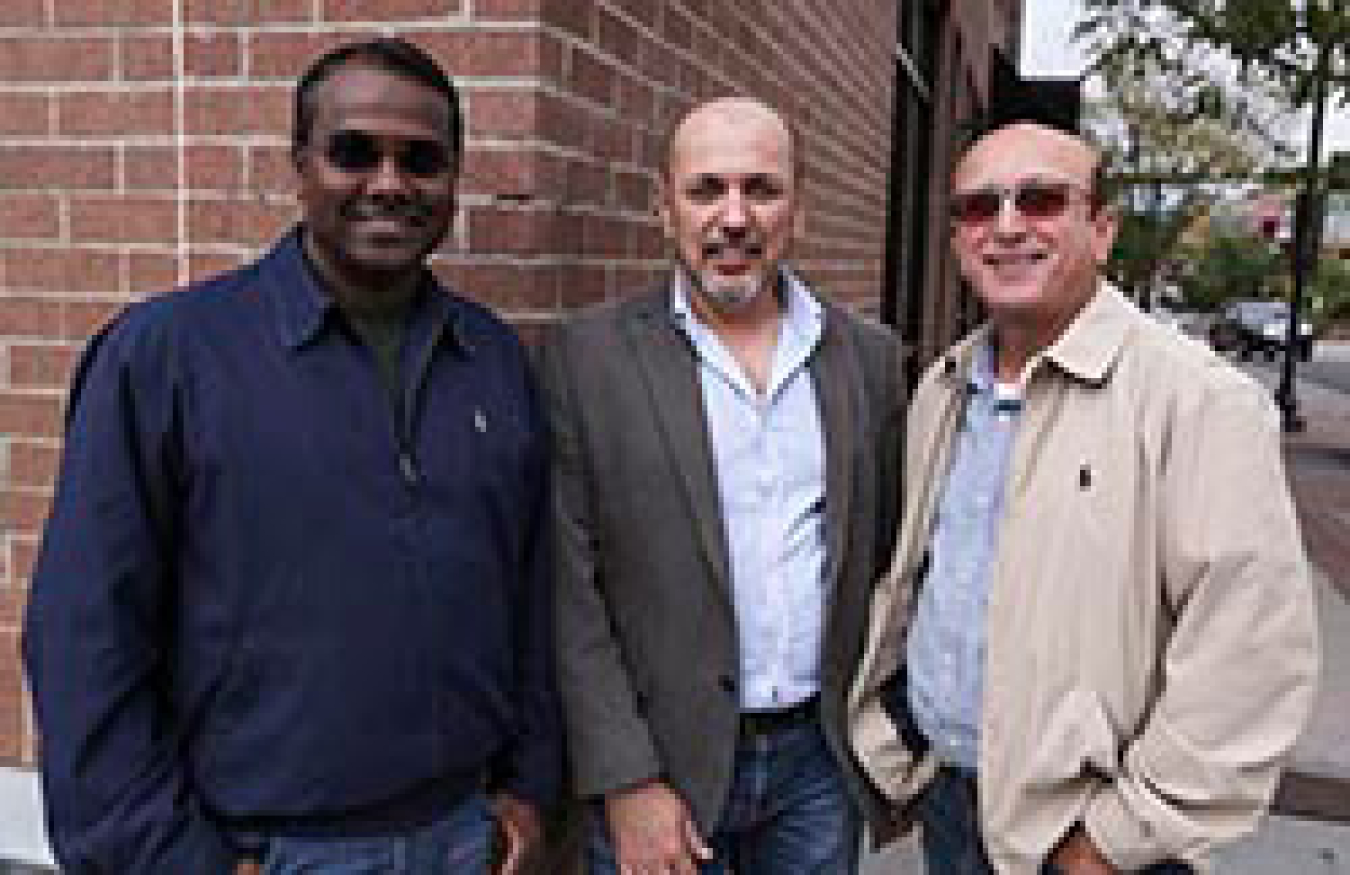
Team Members
- Principal Investigator: Osman Levent Eryilmaz
- Entrepreneurial Lead: Munidhar S. Biruduganti
- Industry Mentor: Satish Dixit
Technology Description
Researchers at ANL have developed a new breed of catalytically active, hard, and highly slick nanocomposite coatings consisting of metal alloys, including copper, nickel, palladium, and platinum. These metals are catalytically active at the temperatures at which such coatings are used in automotive, wind turbine, and other applications in breaking carbon-carbon bonds in oils and greases and in depositing amorphous carbon layer on top of the nanocomposite layer. The nanocomposite coating also incorporates an exceptionally hard grain structure made of metal carbides or nitrides. Structurally, the tribofilm formed during the use of the coatings is similar to diamond-like carbon, which nearly eliminates wear and provides lower friction than the tribofilms resulting from formulated lubricants containing ZDDP. During use, ANL’s nanocomposite coatings cause catalytic activity, which cracks long-chain hydrocarbon molecules in the lubricant to form a slick and highly protective (i.e., tolerates high wear and is scuff-resistant), ultra-low-friction carbon film on the coated surface.
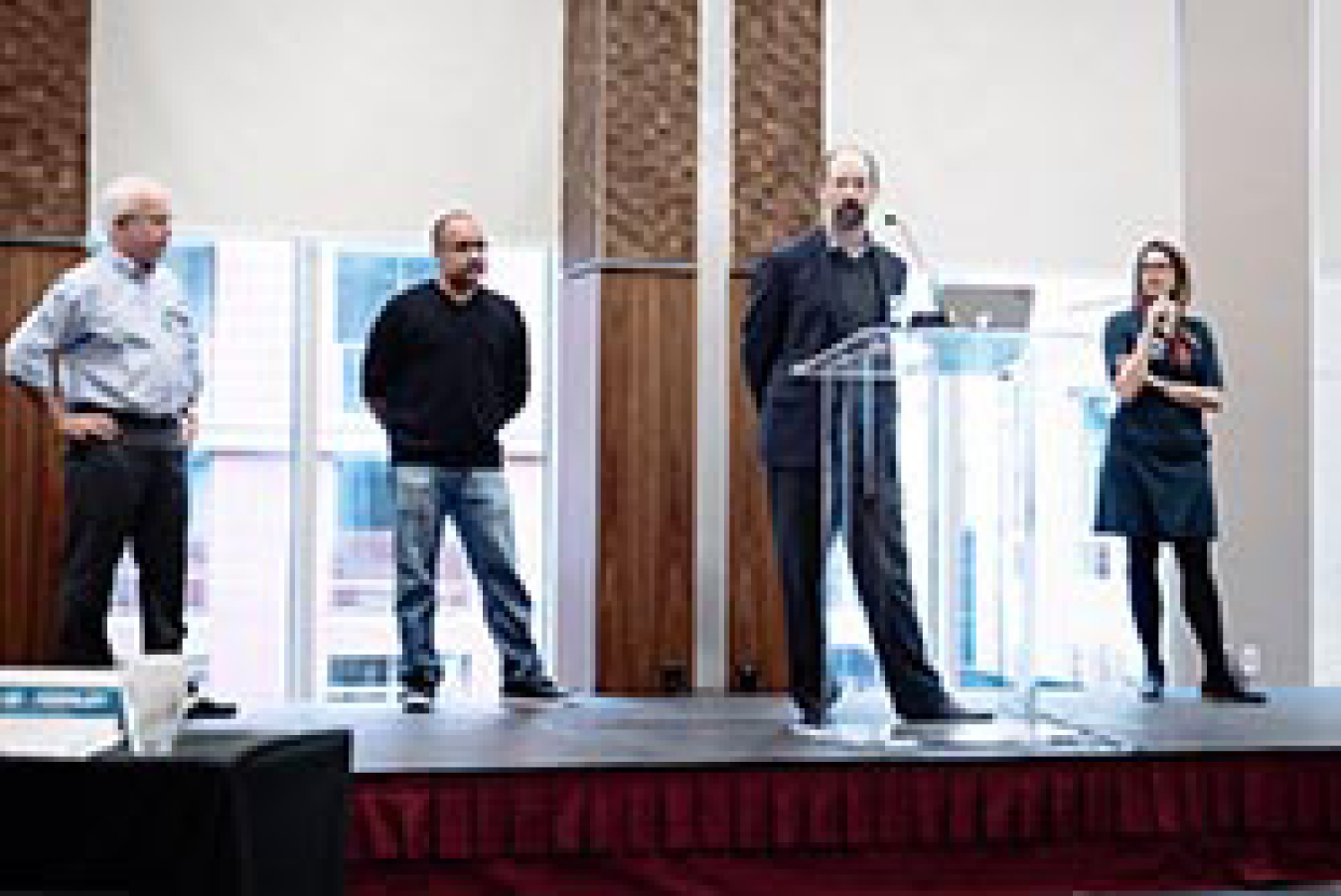
Team Members
- Principal Investigator: Mayank Malik
- Entrepreneurial Leads: David Chassin, Ashley Pilipiszyn
- Industry Mentor: Kristen Brown
Technology Description
Blockchain technology presents a unique opportunity to maximize the potential of distributed generation, more efficiently manage less-predictable and more volatile renewable power resources and increase energy affordability. We are developing a peer-to-peer value exchange platform using blockchain technology with the intent to enable and manage microservice transactions on the distribution grid by utilizing an approach we call “crypto-control.” The EnergyBlox project addresses important scalability and accessibility challenges of this technology—especially for incorporating temporal locational distribution grid constraints.
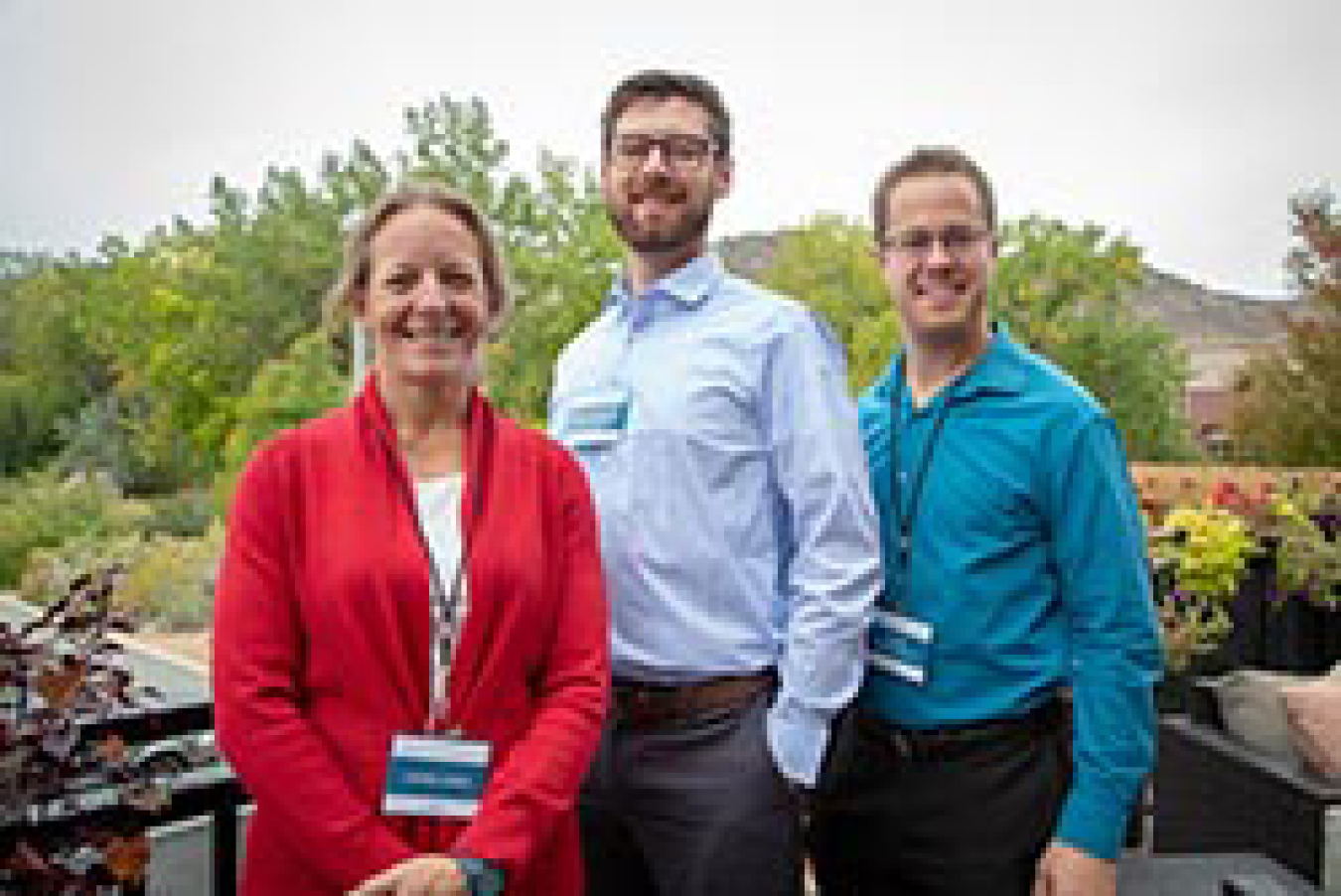
Team Members
- Principal Investigator: Bjorn Vaagensmith
- Entrepreneurial Lead: Brad Whipple
- Industry Mentor: Layne Lewis
Technology Description
Power transformers, vital grid components, are vulnerable to premature failure during and after a geomagnetic disturbance, which causes elevated temperatures and voltage excursions that compromise internal insulation. Current insulation materials have limited thermal tolerance due to utilizing organic polymers or microfibers embedded in a temperature-sensitive binding matrix for structural stability. A new high-temperature-tolerant insulation is needed. This project aims to develop new insulation prototypes with enhanced thermal properties by exploring novel high-temperature-tolerant ceramic, nanostructured-composite materials. Electrospinning is a facile fabrication process that can be used to fabricate high-temperature-tolerant silica nanofibers. The fibers may be used to make a woven or felted "glass paper" proposed to have suitable mechanical properties, improved dielectric properties, and temperature limits of 450°C. The new insulation can be fabricated into a wide range of form factors mitigating any need to retool power transformer or other electric equipment manufacturing facilities in need of a high-temperature-tolerant insulation.

Team Members
- Principal Investigator: Jacob Holden
- Entrepreneurial Lead: Clement Rames
- Industry Mentor: Joshua Foss
Technology Description
Mobility apps such as Google Maps provide navigation based on traffic conditions, aiming to minimize travel time at the individual and system levels. Green Routing would co-optimize travel time and energy use bringing both economic (fuel savings) and environmental (emissions reductions) benefits to their users. Transportation network companies (TNCs) such as Lyft or Uber could present a more compelling value proposition to the cities they serve if they systematically adopted green routes. With their very-high annual mileage, green routing would lead to significant fuel savings for TNC drivers. Finally, electric vehicle (EV) adoption has been hindered by “range anxiety." An accurate estimate of the energy required for a given trip would alleviate range anxiety, improving the experience of EV drivers. EV-specific green routing could also incorporate public charging stations in the itinerary. Choosing routes requiring the least energy could significantly reduce the overall energy use of the transportation sector. A study of a large travel survey dataset revealed that 31% of routes driven could be more energy-efficient. Ongoing validation work at NREL shows that choosing a greener alternative to these routes would yield a 12% fuel savings while being faster than those actually driven two-thirds of the time.
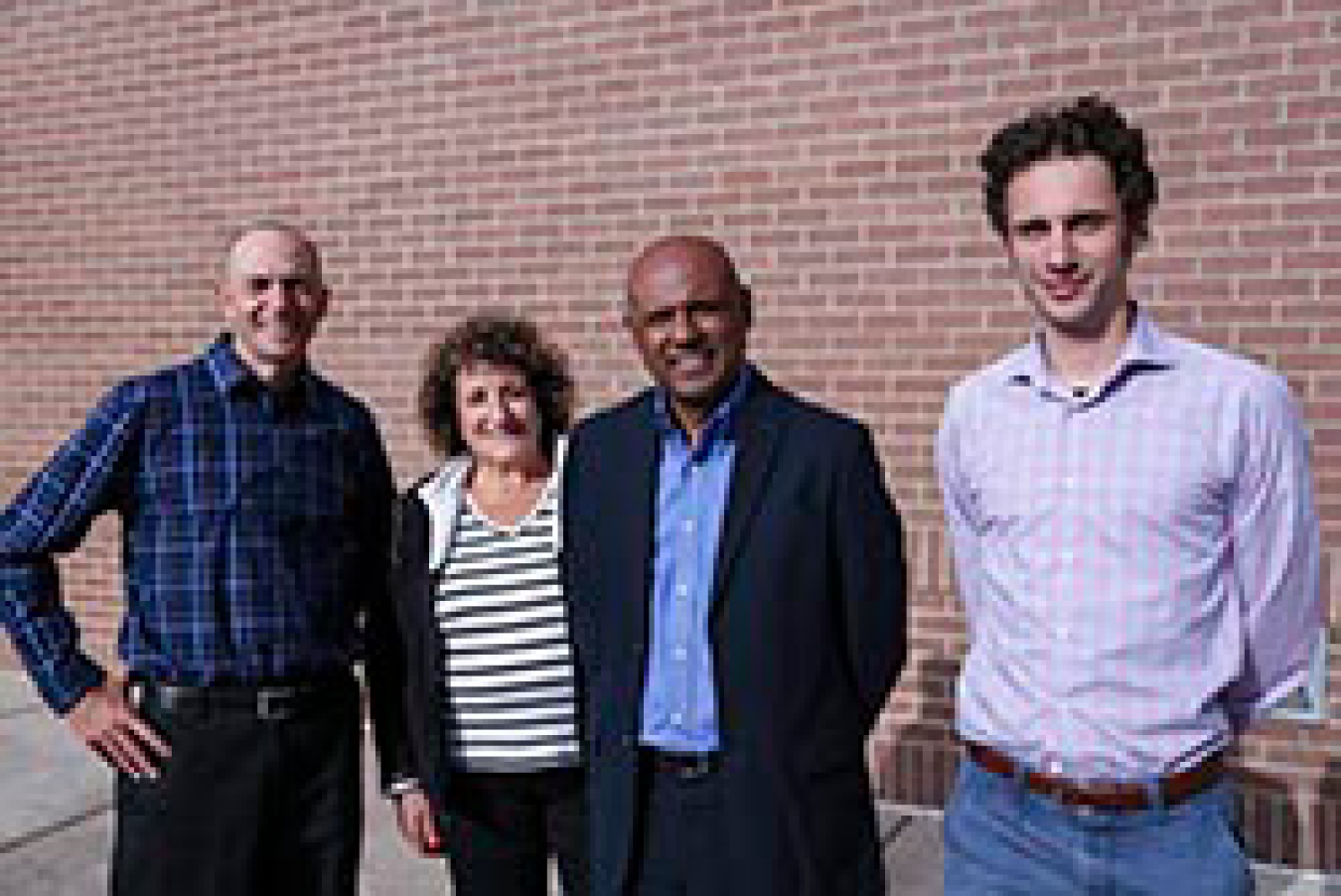
Team Members
- Principal Investigator: Fabian Wendt
- Entrepreneurial Leads: Senu Sirnivas, Rick Damiani
- Industry Mentor: Alla Weinstein
Technology Description
SpiderFloat is a scaleable, modular, offshore floating wind system to accommodate wind turbines ranging from 6 MW to 20-plus MW. It features a series of innovations to reduce the LCOE compared to current utility-scale floating wind systems; these are based on oil-and-gas technology and its reliability criteria, which has resulted in bulky and expensive designs. The substructure and installation of large offshore systems account for 37% of the total cost. SpiderFloat uses component modularization with partial on-site manufacturing, quayside assembly, and pre-commissioning before tow-out to the wind-farm site as well as a simple catenary mooring system with drag embedment anchors. These innovations allow for easy detachment and wet tow of the entire system for quayside maintenance, end-of-life dismantling, or repurposing. SpiderFloat is projected to reduce the project cost by $0.8 million/MW ($4.8 million for a 6 MW floating wind turbine system).
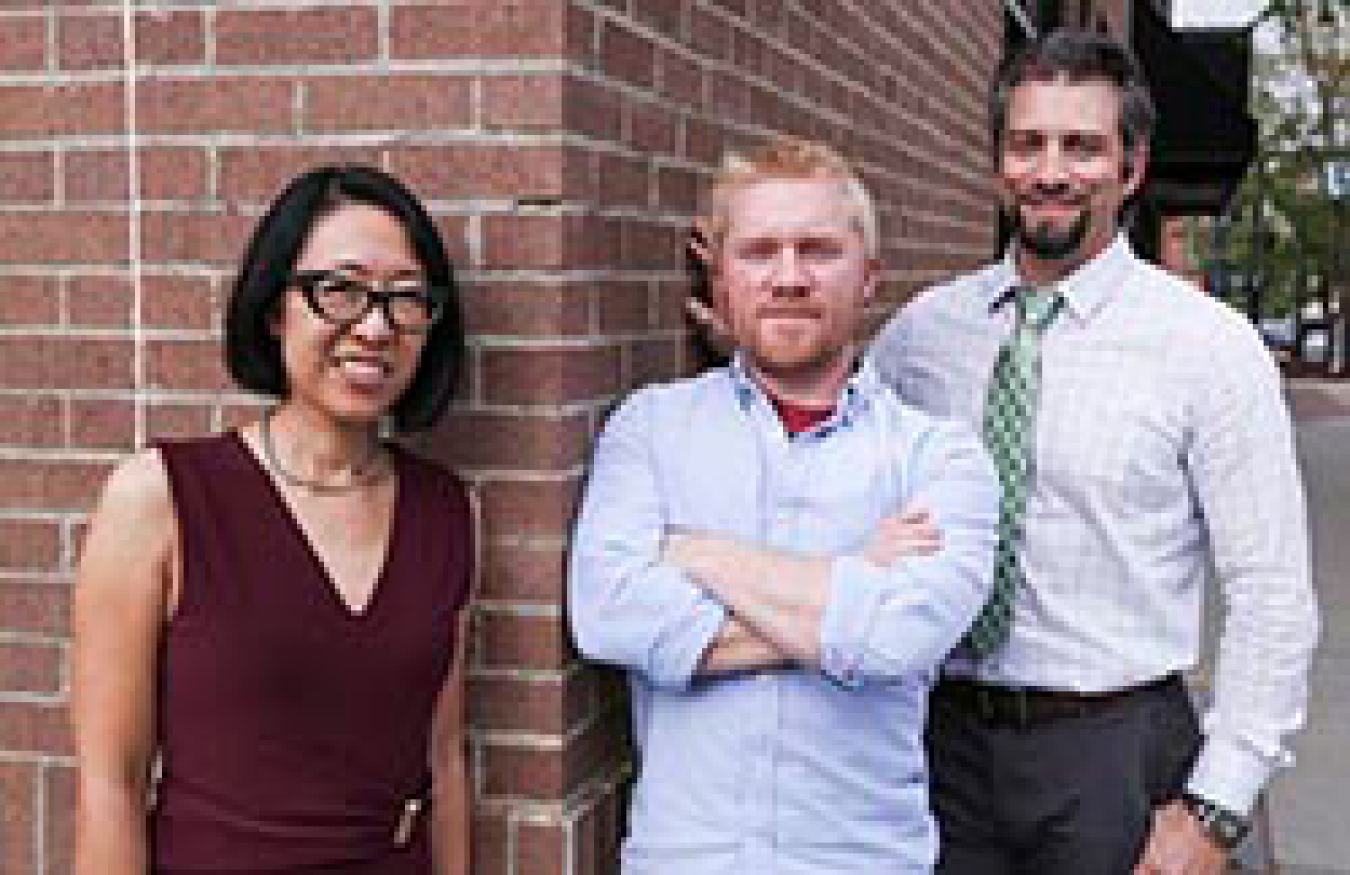
Team Members
- Principal Investigator: Ryan Fronk
- Entrepreneurial Lead: Anthony Crawford
- Industry Mentor: Melissa Aagesen
Technology Description
The developed modified mobile linear delta (M2LD) robot is applicable to both in-lab and in-field non-destructive examination (NDE) scanning, 3D manufacturing (additive/subtractive), human-machine interface interaction, and any other application needing translational movement. Its embodiment is a modified version of a linear delta platform in that the vertical linear actuators that are traditionally distributed at 120 degrees around the workspace are now all aligned on one side. The end platform, passively attached to the vertical linear actuators via linkages with universal joints on each end, is able to rapidly and precisely translate a sensor, grasping head, or fabrication head. This unique configuration centralizes the center of gravity thus making it easier to roll around on its wheeled base, opens up the work volume available for scanning operations, and allows the system to easily fold into a geometrically and inertially compact form readily available for transport (e.g., commercial air travel). The system also enables a unique method of activating several degrees of freedom on the platform itself.
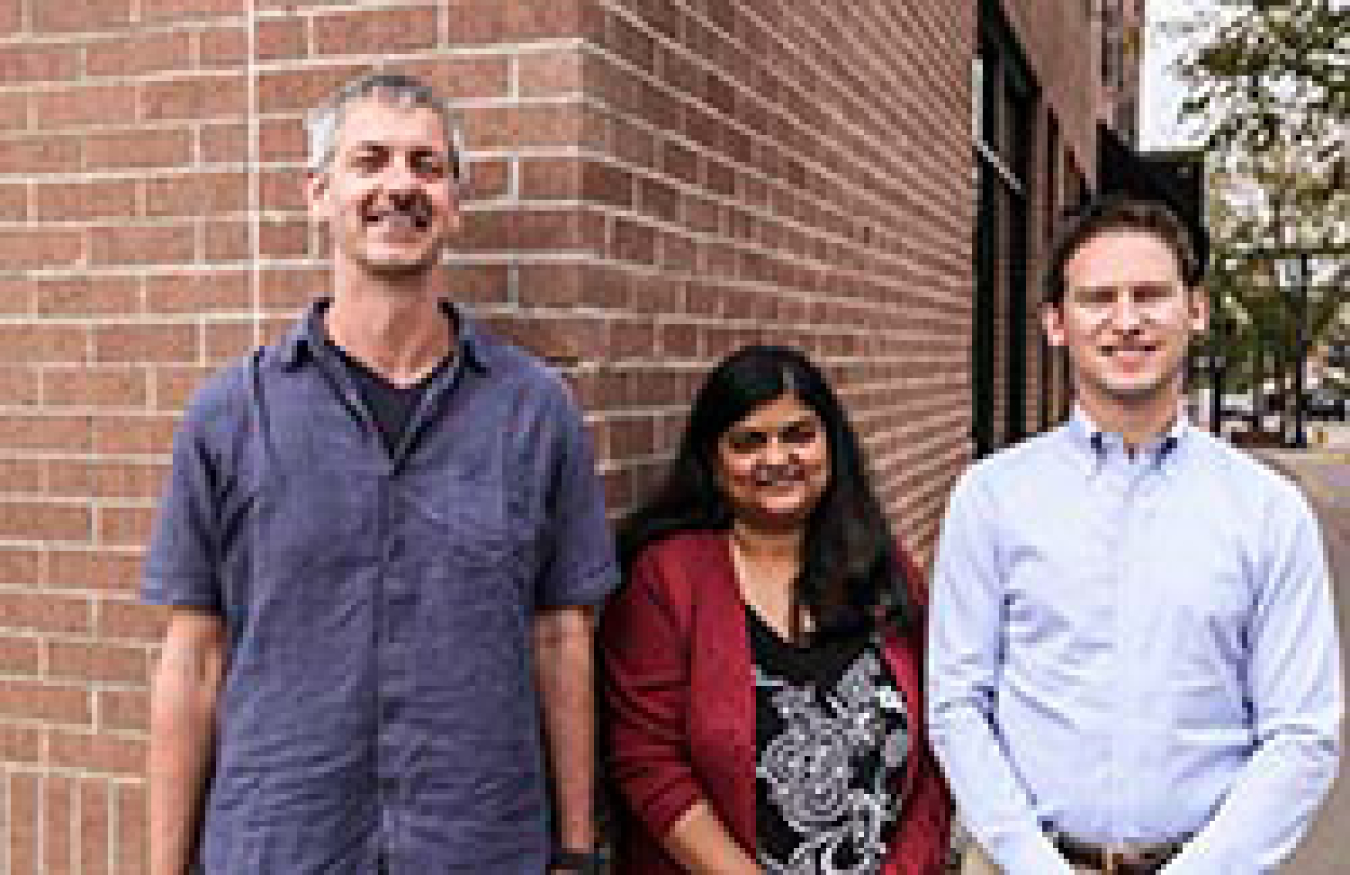
Team Members
- Principal Investigator: Deepti Tanjore
- Entrepreneurial Lead: Marcin Joachimiak
- Entrepreneurial Lead: Eli Groban
Technology Description
Production of biofuels, biochemicals, biomaterials, and other bioproducts require microorganisms such as bacteria, yeast, and fungi to generate these molecules. Several technologies producing these molecules are often developed in test tubes or small flasks. However, for commercial production, these technologies have to perform well in very large reactors with volumes over 100,000 liters. Over the past few years, companies like Amyris and Genomatica have observed that the performance of a microbial culture in flask can be very different from that in a bioreactor—even if they are of the same volume, say 1 liter. It is almost impossible to re-create bioreactor type conditions in less than 200 mL. As such, scientists are often re-optimizing their technologies in 1-2 liter bioreactors. This re-optimization process is referred to as process development.
Process development can be time and resource consuming. As such, process development engineers and scientists are not able to perform many studies. Often researchers have to extrapolate results and take on much more risk at the pilot scale and commercial production than desirable. We are developing a technology to increase the number of process development studies by five times that can be conducted with the same resources.
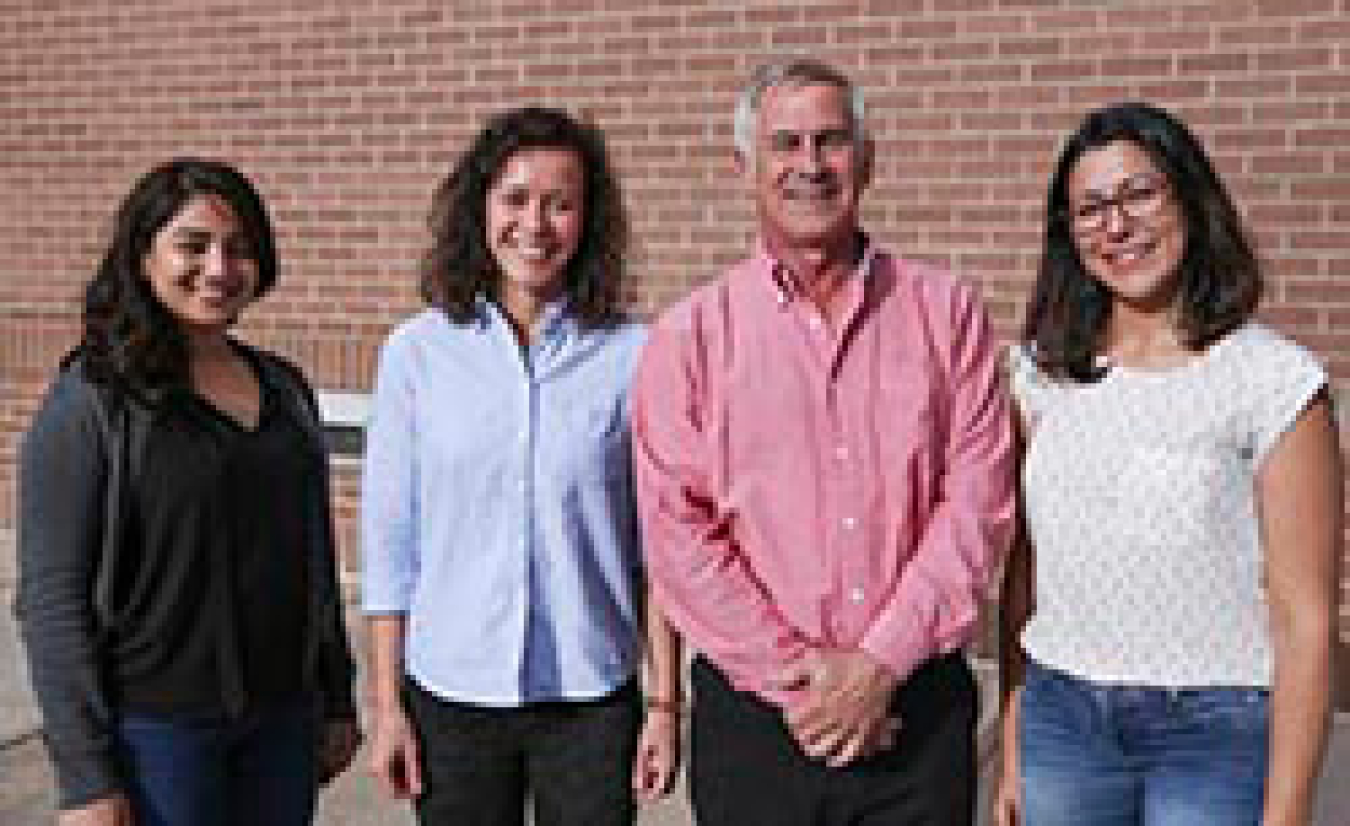
Team Members
- Principal Investigator: Esther Singer
- Entrepreneurial Leads: Cinta Gomez Silvan, Vega Shah
- Industry Mentor: Todd Pray
Technology Description
EcoPods are enclosed environments of approximately 3 m3 that allow direct and intensive monitoring and manipulation of replicated plant-soil-microbe-atmosphere interactions over the complete plant life cycle. These “pilot-scale” ecosystems are designed to bridge the gap between small, lab-scale experiments that are not large enough to mimic the environment and field-scale experiments that cannot be carefully controlled. The EcoPods will be equipped with environmental controls to carefully manipulate and control temperature, humidity, and other important climatic parameters. The EcoPods will also be outfitted with sensors capable of monitoring soil moisture, oxygen, and specific nutrients, and the output from these sensors will be integrated using computer models to gain a coherent understanding of the environment inside the EcoPod. Multiple EcoPods will allow scientists to examine the impact of differences in types of soils, microbes, and plants on ecosystem health.
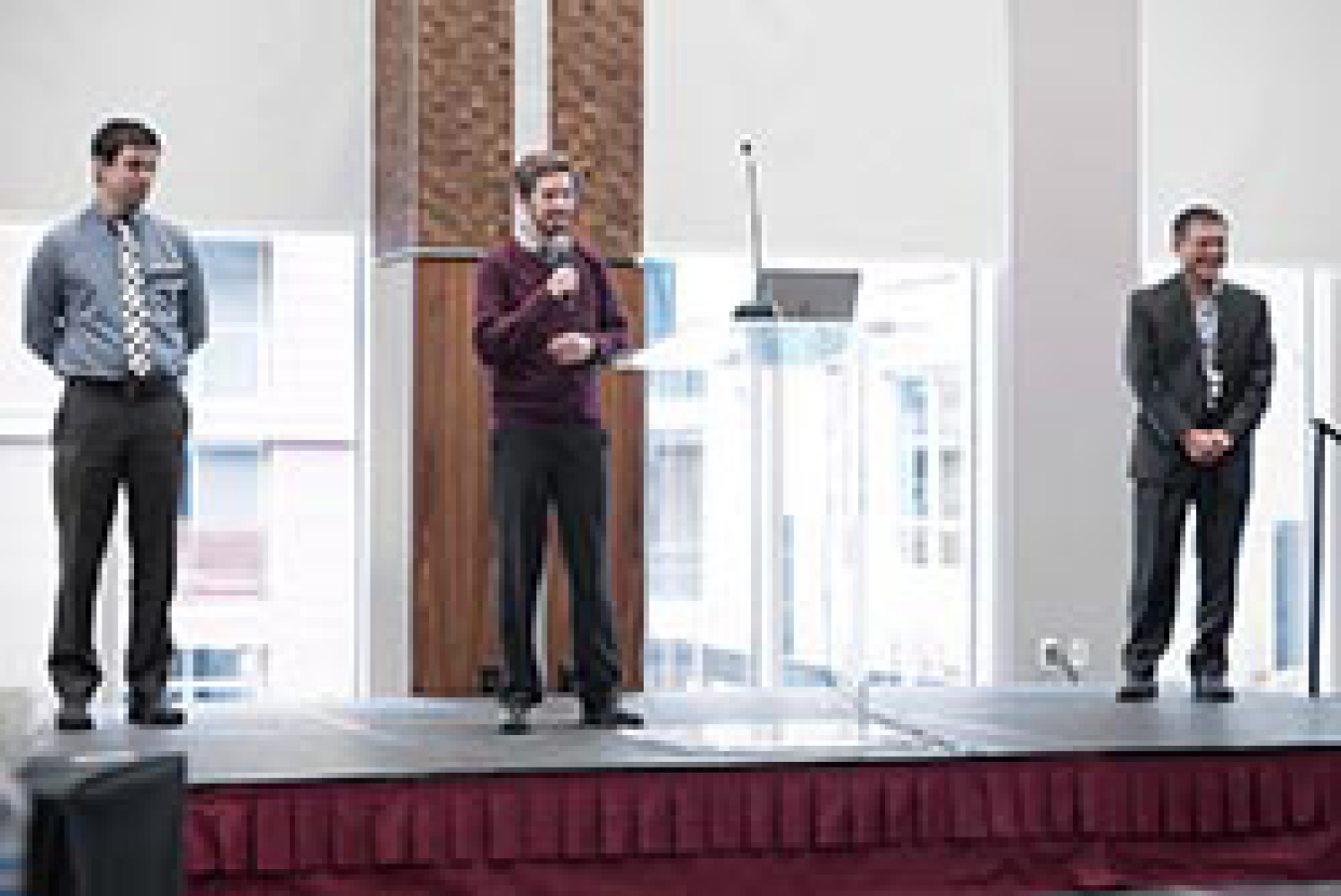
Team Members
- Principal Investigator: Jonathan Suter
- Entrepreneurial Lead: Curtis Larimer
- Industry Mentor: Jiang Fan
Technology Description
Ultrasonic consolidation is a type of 3D printing that harnesses sound waves to join metals and other materials in a low-temperature process. PNNL has developed a method for ultrasonic consolidation that lets us build complex solid metal structures with a “nervous system” of embedded sensors and electronics that can monitor the health and security of a component or part. For example, a sensor built into an automotive or structural component could be used to make sure the manufacturing process met quality standards and remain in the part to be used for health monitoring over its lifetime. We have developed and patented (pending) the sensor configurations and algorithms that allow us to join mixed materials under varying conditions. Our technology will improve ultrasonic consolidation so that it can be used to reliably make complex composite parts that are lighter, smarter, more connected, and safer. This advanced manufacturing technology could be used to make new smart materials and lightweight materials for cars, batteries, and other applications.

